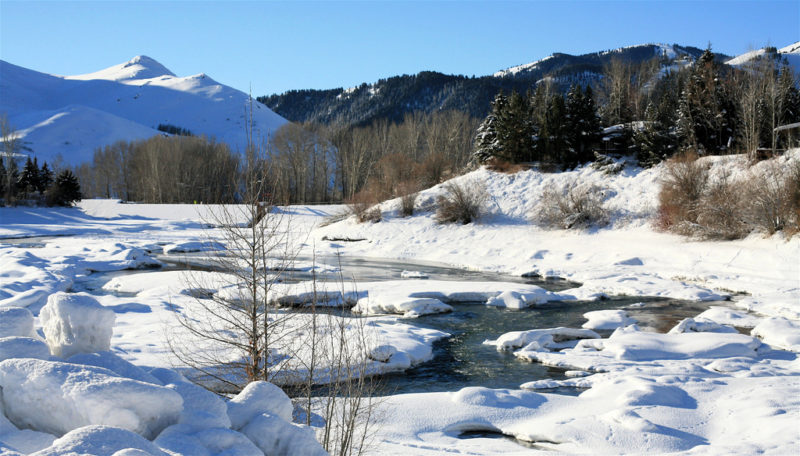West Virginia is truly one of the most beautiful states in the U.S., and its Blue Ridge and Allegheny mountain ranges are considered among the most picturesque in all Appalachia. It's also a favorite place for road trips and mountain driving, and two of the nation's most legendary scenic roads are located here — the Midland Trail and the Highland Scenic Highway. Both exceptional routes should be part of any road-trip through the Mountain State.
Before you start out, however, keep in mind you'll by driving some of the most steep and curving roads on the east coast and traversing some of its most remote forest regions.
Inspect your vehicle's brakes to ensure they're working properly. They'll definitely be put to good use on the Midland Trail, which wanders along the winding rim of the New River Gorge. Ensure your tires have plenty of traction with an all-weather grip, especially in winter, late fall, and early spring when sudden snow squalls can appear over the mountains without warning.
These simple safety measures will come in handy, whether you’re driving a transfer truck or a Smart car, so never make the mistake of assuming your vehicle is ready for mountain driving. Take time to check the brakes and tires before departure.
Motorists driving mountain routes should also be sure to include basic safety equipment and supplies — such water and even a bug-out bag, should you be stranded without cell service and forced to spend an unplanned night. Driver aids such as ignition interlocks should work properly in case you'll be away from your service center for a long time.
The Highland Scenic Highway
Though only 52 miles long, the Highland Scenic Highway travels through some of the most remote highland reaches in the Appalachians, crossing the "roof" of West Virginia at more than 4,500 feet above sea level. Though not so lofty when compared with the Rockies, the Appalachians can become treacherous in winter. Snowdrifts on the highway often close its most elevated stretches in winter.
In summer, a drive on the highway is a refreshing delight. Though only a two hour drive from the heat of lowland Virginia, here almost any evening can grow pleasantly chilly, and in autumn the trees explode into reds, yellows, and oranges not found elsewhere south of New England.
Must-see locales along the route include the Cranberry Glades Botanical Area and the Falls of Hills Creek. Keep your eyes open for wildlife! The highway courses through a bear sanctuary and mountain lion sightings are regularly reported.
The Midland Trail

The Midland Trail National Scenic Byway follows one of the oldest natural passages across the Appalachian Mountains. Prehistoric peoples long wandered the route, and George Washington proposed it become a principal thoroughfare between the Atlantic coast and the Ohio Valley. Parts of the byway between Lewisburg and Gauley Bridge are extremely curving, which, though a deterrent for some, is a boon to drivers who seek this kind of excitement.
Historic and natural landmarks abound along the way. The Greenbrier at White Sulphur Springs is among the most exclusive resorts in the world, and overlooks of the New River Gorge at Hawks Nest State Park are believed to have attracted sightseers since mankind first crossed the mountains here. Eight scenic waterfalls, including Kanawha Falls and Cathedral Falls, attract tourists where the byway leaves the mountains and enters the broad valley of the Kanawha River. The state capitol at Charleston overlooks the Midland Trail near its westward end, a wonderland of Ohio Valley farms.
With its gorgeous mountain views, exotic wildlife, and historic towns, it's no wonder visitors love this stunning state. And if you're looking for the ride of a lifetime, look no further. Above all, be sure to bring your camera and plan to take your time driving across the Mountain State.
Sign up to receive a FREE copy of West Virginia Explorer Magazine in your email weekly. Sign me up!


